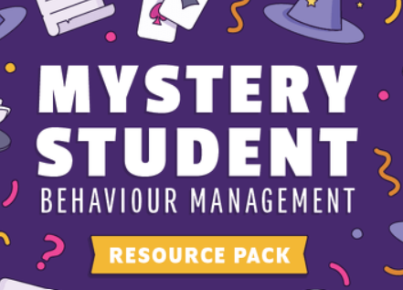Behavior management in the classroom is an essential skill for educators, impacting the environment and overall learning experience. Effective behavior management paves the way for a structured learning environment where students understand what is expected of them, thereby fostering better educational outcomes.
One of the key resources for behavior management is a clearly defined behavior policy. This policy should outline the expectations, rules, and consequences in a straightforward manner. By making these policies visible through posters or student handbooks, teachers can consistently remind students of appropriate behavior.
Another valuable teaching resource is a rewards system. Positive reinforcement can be incredibly effective in encouraging good behavior. This might include a point system, where students earn points for positive behavior that they can exchange for privileges or tangible rewards. Additionally, charts where students can track their own progress provide visual feedback and encourage personal responsibility.
Classroom management apps and software have also become integral tools for teachers. These platforms often allow educators to track behavior in real time, communicate with parents, and analyze data to inform future strategies.
Professional development books focusing on behavior management theories such as “Assertive Discipline” by Lee Canter or “The First Days of School” by Harry Wong give teachers deeper insights into psychological approaches and practical techniques.
Lastly, tailored lesson plans that incorporate social-emotional learning (SEL) help students recognize and manage their emotions, which can reduce behavioral issues. Teachers can use curated SEL curriculums to guide these lessons.
Each resource plays a pivotal role in equipping educators with the tools necessary for creating positive behavioral change within their classrooms, leading to an atmosphere conducive to learning and growing.





